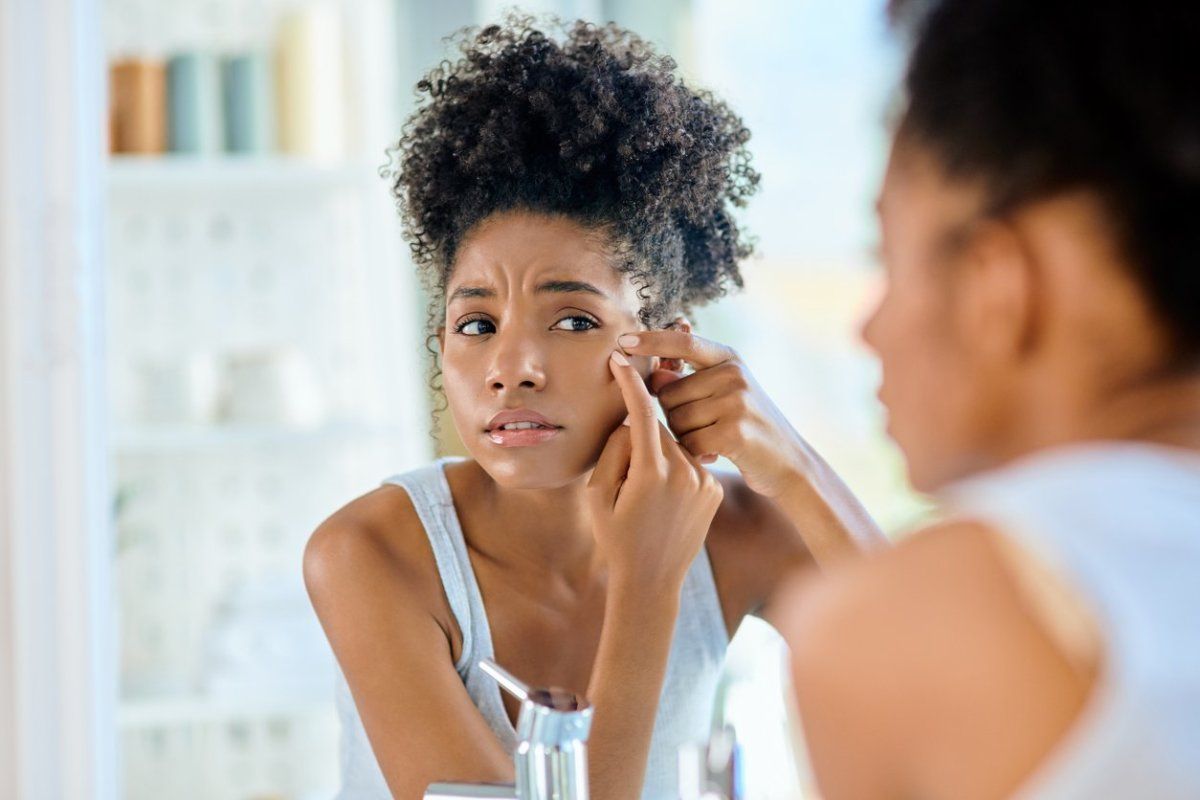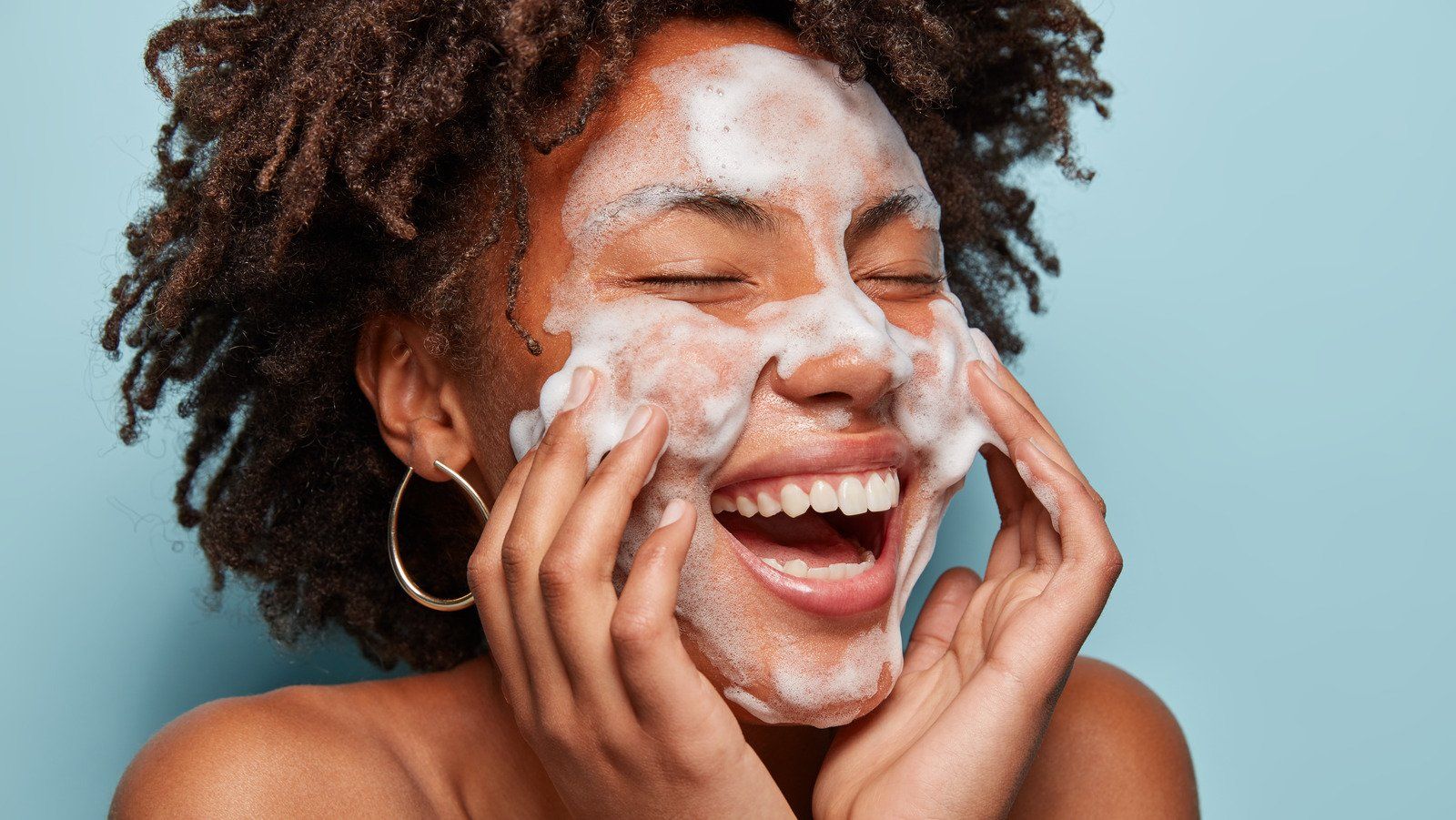Importance of the Skin Barrier
You look at your skin every day, but have you ever thought about how complex it is? The skin is the largest organ of the body. It faces the harshest conditions of the sun and everyday life and still is subject to ill-treatment from people mostly because many do not know how to properly care for it and do not understand the importance of the skin and its protective barrier. This blog post will dive into the importance of the skin’s protective barrier and why it is important to preserve it.
Acid Mantle
The first level of skin defense is your Acid Mantle. It is made up of the substances excreted from the oil and sweat glands of your skin together with other lipids such as ceramides, cholesterol and free fatty acids. These substances together help to lubricate the skin and prevent water loss from your epidermis (the upper layers of your skin). It is important to keep water in the skin and to preserve the acid mantle because if the skin becomes dried out, the outer skin cells (corneocytes) will not be able to shed naturally and efficiently and thus lead to comedones, and flaky, dry skin among other barrier impaired skin conditions.
The acid mantle is acidic with a pH of 5.5 and has its own microbiome which together protect against invading bacteria and allergens. (Amazingly, the skin has the second largest quantity of microorganisms—after the gut-- containing mostly bacteria and some fungi, viruses and mites on healthy skin.) The acid mantle transports antioxidants to the surface of the skin and exhibits pro-inflammatory and anti-inflammatory properties.
Further Protection from Bacteria Invasion
The epidermis also contains cells called Langerhans cells which acts as a surveillance for the skin and alerts the immune system of the skin when there are harmful pathogens present on the surface of the skin so that the immune system can fight against them.
Stratum Corneum
This is the second line of barrier defense. It is the layer of skin that you can see and is made up of corneocytes. The stratum corneum is waterproof and also protects the body from injury and bacteria from entering the skin as the corneocytes are tightly packed together.
Sun Protection
Your skin contains melanocytes which are cells that produce melanin which gives your skin its colour. It is also a built-in UV protectant as when exposed to sunlight, the melanocytes speed up melanin production. The keratinocytes, which are the cells that produce keratin which forms the skin are also sped up in production and the increased melanin attaches to the keratinocytes as they rush to the surface and spread out across the skin until they are shed through the natural shedding phase of the skin.
As you have read, the epidermis has many protective functions. This is why its integrity must be maintained to preserve the health of the skin. Constant removal of layers of your epidermis through aggressive exfoliating methods or stripping of your acid mantle interferes with the synergy, and balance of the microbiome and reduces the skin’s ability to protect itself and function optimally to maintain its health. It is my wish that this article would have allowed you to view you skin with much more respect and thus influence you to take better care of it through therapies that preserves and builds the integrity of the skin and its barrier.













